|
November in the Pacific Northwest means chilly rain, cold winds, and grey clouds hanging low. We hunker inside seeking warmth as we try to stay dry. But then Mother Nature will squeeze in a day or two of Fall-Like weather in between winter-like days. Such was the case the weekend before Thanksgiving. Instead of grey skies, it was clear and BLUE. The sun lit up the earth and the last remnants of Fall shone in its light. People escaped from their indoor winter prisons and busted a move on the trails, strolled through the parks, spent time out on the water, exercising their bodies and their spirits. Our hearts sang in tune with nature as we absorbed the golden rays of light. We let loose on these rare days in the winter months, a reminder to live life and create new stories as we hunker down once again on a cold rainy day ,waiting for the next burst of sun and warmth.
0 Comments
We hit the road at 8:15 a.m. The morning was cool and crisp, a touch of Fall nipped the air, a welcome relief after weeks of warm weather and smokey skies. We headed east on Hwy 20 from Anacortes, WA. With a two-hour drive ahead of us, we settled in and enjoyed the morning drive through the Skagit Farmlands as we headed to the North Cascades. Our destination, The North Cascades Institute at Diablo Lake. We had signed up for the Diablo Lake and Lunch Boat Tour. After years of driving by we were finally going to 'experience' Diablo Lake by boat and learn more about the history. To get to the Institute you drive east on Hwy 20, also known as the North Cascade Highway and the Cascade Loop. Watch for mile marker 127, shortly after you will see a sign for North Cascades Institute Educational Center telling you it is the next left. The road looks like a driveway. A little bit larger than a single lane road takes you over Diablo Dam, then park in the last parking lot. There's a short, easy hike from the parking lot to a set of buildings. Amos, a National Park Ranger greeted everyone as they signed in. There is a nice little gift shop to browse in and well maintained restrooms close by. After a brief presentation in the amphitheater, we did a short hike to the boat house. There we boarded the Alice Ross IV for our two-hour boat tour of Diablo Lake. The boat was roomy, comfortable, heated (if chilly), large outside deck, large windows, water cooler, and large restroom. With everyone on board, we were filled with eager anticipation to start our tour with our guides, Amos (National Park Ranger) and Evan (North Cascades Institute.) Amos and Evan took turns educating us about the area, the lake, the dams. Educational and entertaining we learned so much (too much to keep notes, you'll just have to take the tour) and enjoyed every minute of the tour. Evan started the tour telling us about the names of the various mountain peaks; Mt Fury, Formidable, Forbidden, Mt Terror, Desolation Peak, Devi's Dome, Devil's Elbow, Nightmare Camp, and more. We pulled up close to Diablo Dam. The dam, built in 1929-1930, at 389 it was the tallest dam in the world. We then hightailed it over to Thunder Creek, where Amos proceeded to tell us about the glaciers and how they feed the lake. Thunder Creek is fed by 52 glaciers, making it the most glaciated drainage in the lower 48 states. North Cascades National Park has 312 glaciers, making it the most glaciated park in the lower 48. Amos went on to explain 'what' a glacier is. The North Cascades receives over 400" of snow per year. Glaciers start by large patches of snowflakes that don't melt, accumulating year after year, becoming a permanent snow patch. As it grows, becomes heavy, and compresses, the air is squeezed out between snow flakes, eventually it morphs into ice. He went on to explain the Emerald Green color of the lake comes from what he called "rock flour" basically the sediment caused from lots of grinding and suspends in the water. We left Thunder Creek and took a quick ride by Deer Island and Monkey Island (you'll have to take the tour to find out why they were called that.) As we went down one of the small arms on the lake, the high walls towered over us, it was like going through a canyon. They told us that the North Cascades is the second larges biodiverse park in the country, second after the Smokies. Also the second largest watershed in the state, second after the Columbia River. We reached the power station for Ross Dam where we docked, after donning the stylish hardhats, we took a quick 15 minute tour through part of the power plant. Once the tour was over, we boarded the Alice Ross IV and headed back to the Institute where we completed a tour with a delicious lunch in the dining hall. Touring with Skagit Tours was not only educational, it was entertaining, exhilarating, exciting, and worth every moment. Visit their website for more information and to sign up. To continue our daycation and exploration, we detoured up to Rainy Pass and finally took the time to discover this hidden gem — the Washington Pass Overlook. An easy hike on a well maintained trail took us to an overlook with an incredible view of Washington Pass and the last part of the highway before you descend into the Methow Valley. Well worth the stop on the Cascade Loop.
We finalized our day trip on a drive back on the Skagit Hwy, located on the south side of the Skagit River from Concrete to Sedro Woolley instead of our usual, Hwy 20. It gave us a different view of the Skagit River, parts of the highway were lined with old trees dressed in heavy moss, canopying over the highway. All in all, it was the perfect Skagit day. After all, in the Coastal Salish language, Skagit means a Place of Refuge and after spending such a peaceful day it most certainly lived up to its name.  I had read somewhere about this little neighborhood called Deep Cove in North Vancouver. Located on Indian Arm off of Burrard Inlet, it is the most adorable little gem of a community with a stunning view and peaceful harbor. After a 1 1/2 hr wait to cross the border, we asked Google Maps to take us to Panorama Park in Deep Cove. She mapped the quickest route, which took us on a different journey through New Westminster and Burnaby before crossing Burrard Inlet and taking us into North Vancouver. It was an adventure weaving through neighborhoods we normally would not venture to. On the website it warned that on a nice summer day Deep Cove was a popular place and parking was limited. We did manage to find a spot a few blocks from town in a quiet neighborhood park. We then walked along the shoreline and strolled into town. The town is small, just a few blocks with shops and restaurants, but adorable. We stopped at the "must stop" Honey Doughnuts and Goodies shop but the line was too long and it was a 15 minute wait for them to make the doughnuts, maybe next time, because we will definitely go back to explore. Kayaking is a popular activity in Deep Cove. The Deep Cove Canoe and Kayak Centre was bustling with activity. We didn't have time for hiking but there is some great hiking trails around the area. A hike they recommend is Quarry Rock, an easy hike with a view that makes the trip worth it. This little community was worth the visit. Next time, I will plan it better and stay longer. I can see why it a gem of a community hidden in a beautiful location. But this quiet area is no longer a 'hidden' gem.
Being a tourist in your own backyard, whether it is getting reacquainted with an area or discovering a new one, touring locally has some great advantages. We decided it had been a while since we last played tourist in our backyard, more specifically, downtown Seattle Waterfront and Pike Place Market. What better way to kick off a holiday weekend and enjoy a Friday afternoon.
We parked in the garage for the Bell Harbor Conference Center and hoofed it to our first destination, Pike Place Market. After strolling up upteen flights of stairs, we weaved our way through the crowds to Post Alley looking for substance (lunch.) We settled on Italian at LoPriore Bros. Pasta Bar. I ordered cheese tortellini and my husband had a humongous meatball sandwich. Delizioso! We sat right at the bar where the cooks entertained us while preparing the meals. Our bellies stuffed, it was time to say, "Addio" and explore.
I heard something about new improvements at Pike Place Market, I just didn't know what, so I had an excuse to explore, to find out what was new and what hidden gems the market had to offere. We looked for nooks and crannies to venture into while enjoying what is traditional about Pike Place Market.
When visiting Pike Place Market, a must see, is the famous Pike Place Fish Market and the throwing of the fish. Get your phone ready, video is best and wait for it.
To the left of the Fish Market was a small hallway that looked like a dead end, it's worth scouting because a door leads you to a lush rooftop garden. Operated by volunteers, this rooftop garden grows food for local food banks. But the garden is also a great place to relax, enjoy the waterfront vista and the coming and goings of the Washington State Ferries.
Next we meandered through the main part of the market, enjoying the wares of the artisans, food vendors, and the flower vendors. When we reached the north portion and was back outside we walked to the park, I still had not located what was new or different. When I turned to look back at the market I discovered its newest gem — Marketfront, a beautiful 30,000 sq feet addition. In the middle of the hubbub of a busy farmers market was a place to gather, appreciate the view, and enjoy a beautiful Seattle day. A worthy reminder of why we live here. I had to learn more and discovered there was a lot more to this area than just a beautiful space, there are 40 units of low-income and senior housing, and includes seven working/living spaces for artists. There is also Market Commons, a center with social services. The covered space provides year round space for local artists and vendors to introduce their work to the public. It was worth the trip.
It was time to journey back down the upteen steps and walk along the waterfront, enjoy ice cream by the Seattle Wheel, and people watch. What better way to spend a beautiful Seattle Afternoon and be a local tourist in our own backyard.
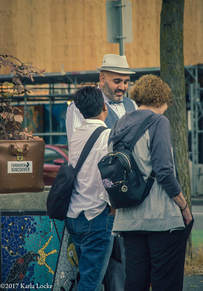 Our guide, Aman Johal Our guide, Aman Johal I didn't know what to expect when we signed up for the Forbidden Tour of Vancouver. On the Forbidden Tour website, they advertise, Discover Vancouver's Forbidden History. It mentioned opium dens, booze and prohibition, mobsters and corrupt government officials, and more. The tour sounded intriguing. The tour started at 7:00 p.m. and not being familiar with that part of Vancouver we arrived early to find parking and a snack before start time. We were told to meet in Cathedral Park on the corner of Dunsmuir and Richards Street in downtown Vancouver, B.C. A park called, "Cathedral Park" sounded heavenly, after all it was across the street from a church. Instead, this run down park occupied by pigeons, seagulls, and vagrants was anything but heavenly. Our tour was starting off in a seedy location and in a not-so-pleasant part of Vancouver. It turned out to be the perfect setting and location for a tour about the seedier side of Vancouver and its history. The Holy Rosary Cathedral, was the starting point of our tour. Built in the late 19th Century it was heralded as the largest building in the area. Today it still stands proud only it is now dwarfed in size compared to the buildings surrounding it. You can read more about its history on their website. And check out the photo of the church on their website with the nice fountain, that is a photo of Cathedral Park but that is not what it looks like today. Our history lesson started before Vancouver was Vancouver. It was formerly New Caledonia, a district of the Hudson Bay Trading Company. Vancouver Island was under British rule and the queen decided she wanted the mainland too, so out with the old (Hudson Bay) and in with the British Empire. The Queen did not like the name New Caledonia, she wanted something more British, so they combined British with the largest river, the Columbia, and the area become British Columbia. In 1871, British Columbia accepted Canada's invitation to join them and became a province of Canada.  Built during the time of the Gold Rush, The Victoria Hotel was one of the first. You can read some its history on their website, but what they don't tell you was the real reason people came to the Victoria Hotel, it was the Saloon. Our tour guide showed us a photo of the saloon and took our imaginations on a journey of the what it was like back then, mostly the smells. I will spare you the details and just say the floor was covered in sawdust everyday, sometimes more than once a day. Today it is a quaint hotel and one of the oldest remaining hotels in the city. 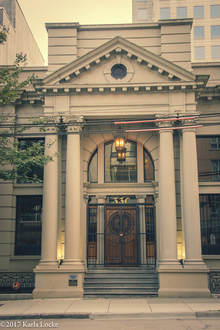 Our next stop, the Permanent Building, originally known as B.C Permanent & Loan Company. Opening in 1907 as a bank, it was also the first building in Vancouver to get electricity. Built of thick walls, a tunnel for bringing in the gold, and in the 1930's was guarded by a machine gun, is now an Event Center and used in movies and television shows. Built in the heart of the city, this prominent building played an important role in the growth of Vancouver. Charles Marega, the sculptor who did the lions on the Lions Gate Bridge was involved with the work in the interior.  We moved on to the Dominion Building, once known as the tallest building in the British Empire. Built in 1908-1910, in the heart of Vancouver, its Beaux-art style and flair was popular during that time period. Partially financed by Alvo von Alvensleben, the son of a German Count, who amassed a fortune of $25 million, some of the materials purchased were from other companies he owned, including a steel factory, making this one of the first buildings built from steel. The company that built the Dominion Bulding, the Imperial Trust Company, found it difficult to raise the full $600,000 needed to complete the building. A plea and a bond was issued with the citizens of Vancouver, but soon they had to arrange a merger with the Dominion Trust Company, whom assumed ownership of the building, but they too failed. What was supposed to be the future of Vancouver and a symbol of hope, proved not to be the case with the collapse of the real estate boom. Read more about Alvo von Alvensleben, he lost it all and ended up in Seattle.  Soon, we found ourselves in an alleyway, rats scurrying from dumpster to dumpster, the pungent smells of an alley, and as our guide progressed with the story, you could almost feel the history surround you. The alley was once referred to a 34 Market Alley. This important alley was a hubbub of activity and shops for the Elitists (the rich people). But it was also home to opium dens and Blind Pigs (speakeasy's) during Prohibition, run by mobsters and other nefarious characters. Aghast at what officials saw happening in the opium dens, Canada created its first drug law. We meandered just over the line in Chinatown where Aman told us about the riot that killed around 200 people. Read more about it in the Drug War and Market Alley article. We then finished our tour in Gastown at Blood Alley and Gassy Jack's statue. Blood Alley got its name from the butcher shops that supposedly resided there but that's just a myth. Today it is filled with swanky restaurants. Read more about Blood Alley on Forbidden Tour's website. John 'Gassy Jack' Deighton opened a bar. Gassy Jack's name came about because he was a talker and those that talked a lot were called, Gassy. With very little to his name, he talked local sawmill workers into building his bar in exchange for all the whiskey they could drink in one sitting. Twenty-two hours later, a bar was erected. The rest, they say, is history and a neighborhood called, Gastown. Our seedy tour of Vancouver ended 2 1/2 hrs from when we started. Our guide, Aman, was entertaining, filled our heads with fun and educational facts, and guided us through the shadier history of Vancouver. Today, the city is everything and more than what its original founders dreamed off. Its beginnings gave it a foundation and helped shaped its future. There are still seedy sides to it, but then that is what gives it character.
If you are a history buff, or even if you are not, this tour should be on your list of things to do in Vancouver. Visit Forbidden Tour's website for more information and check out their other tours, I might have to sign up for the Art Deco and Chocolate tour next. |
AuthorShort Stories of passion, of life, of people. Archives
September 2019
Categories
All
|
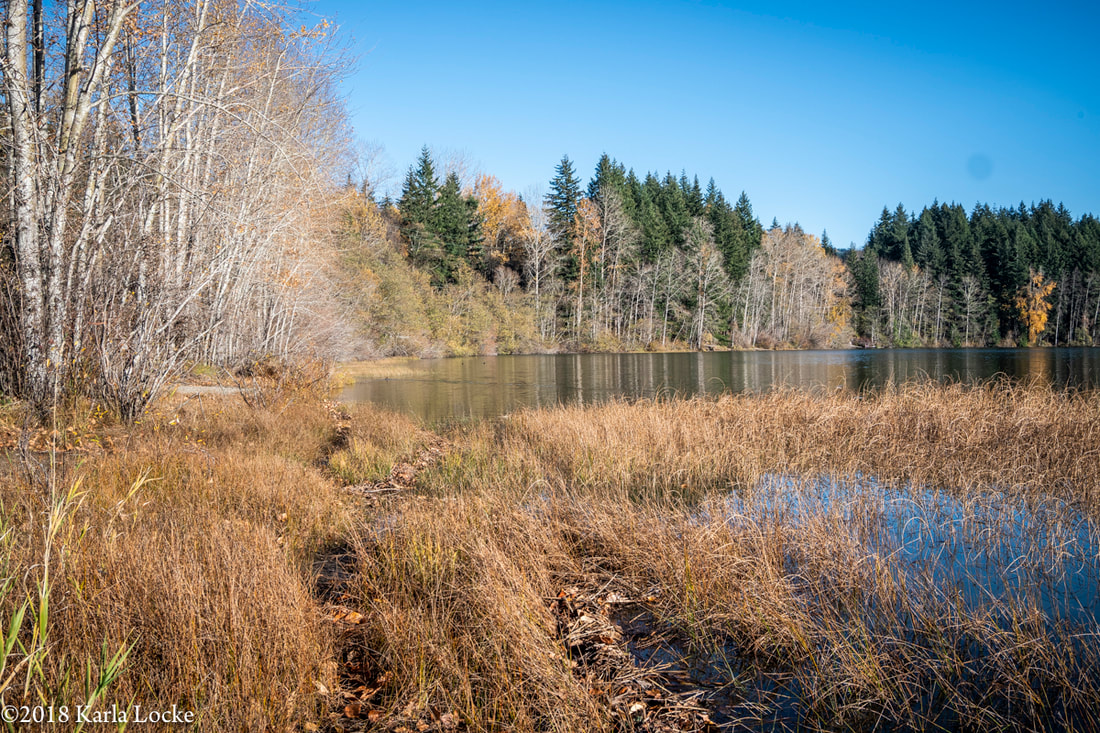
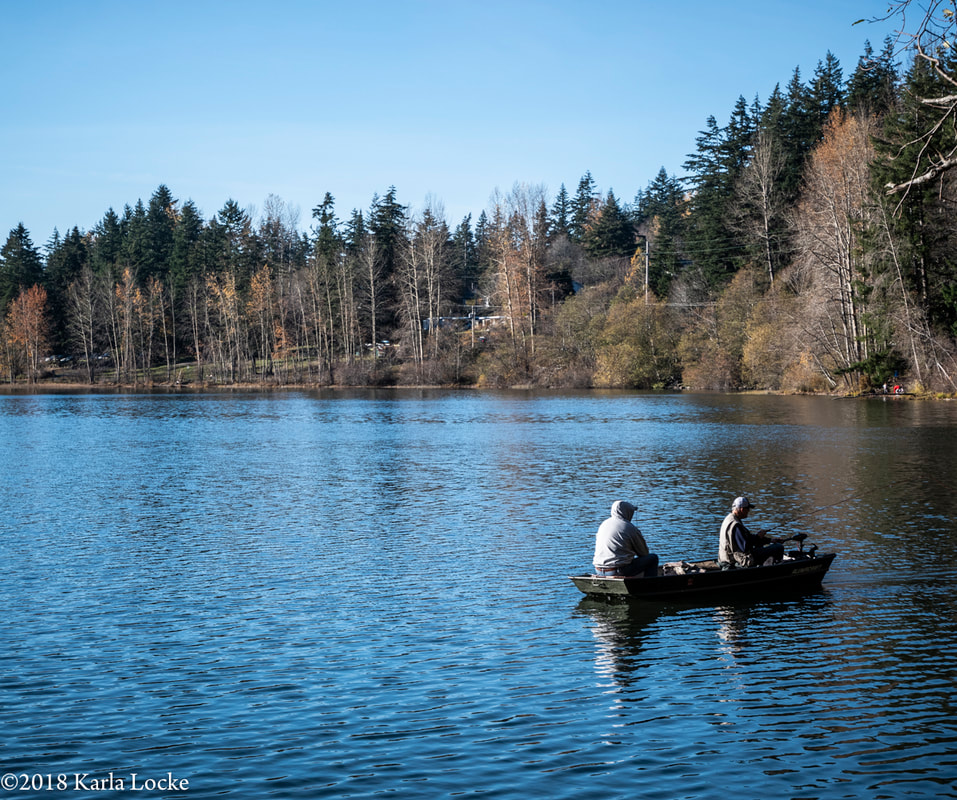
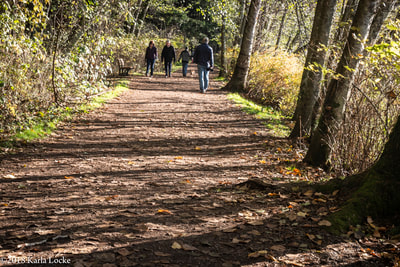

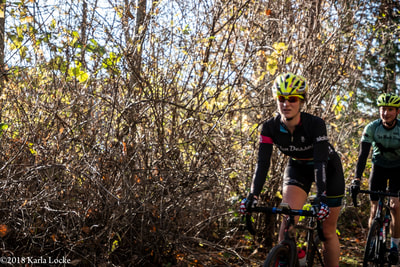

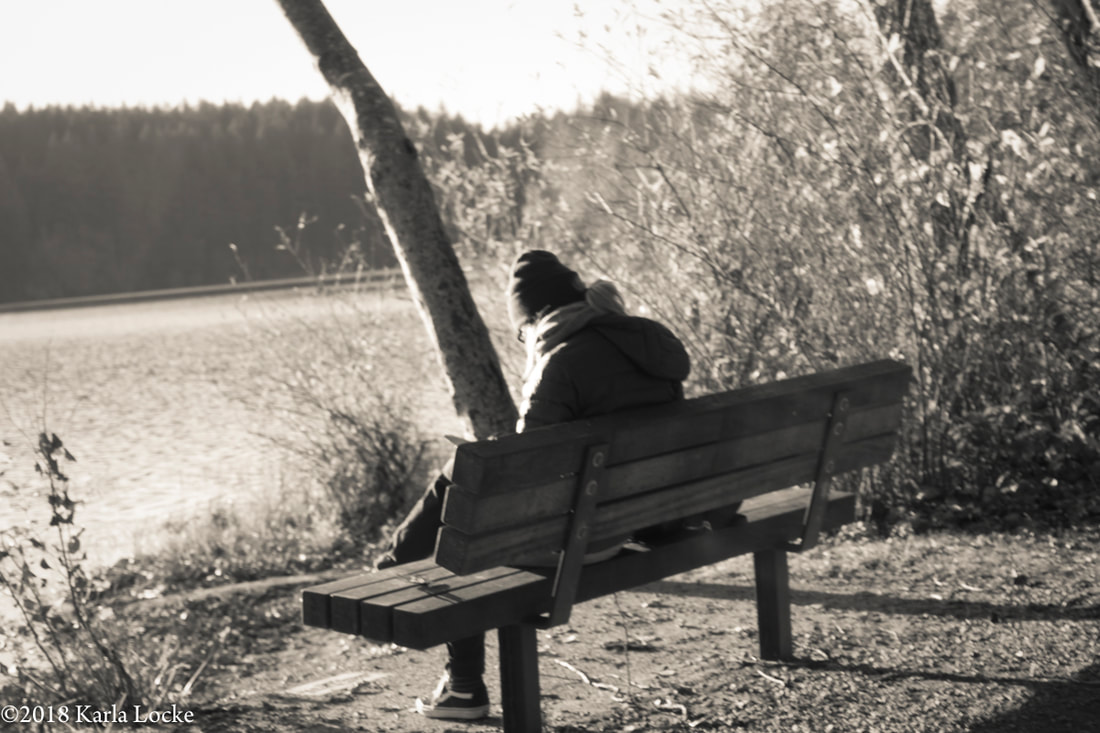
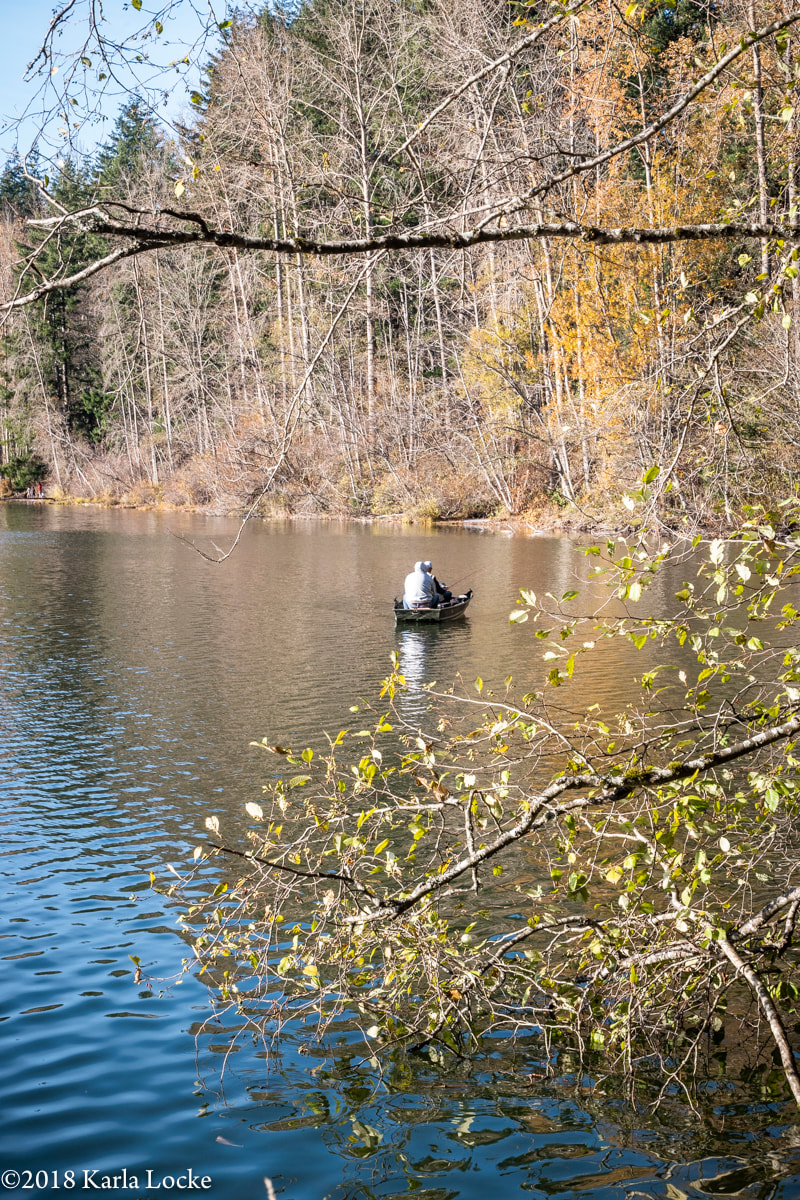

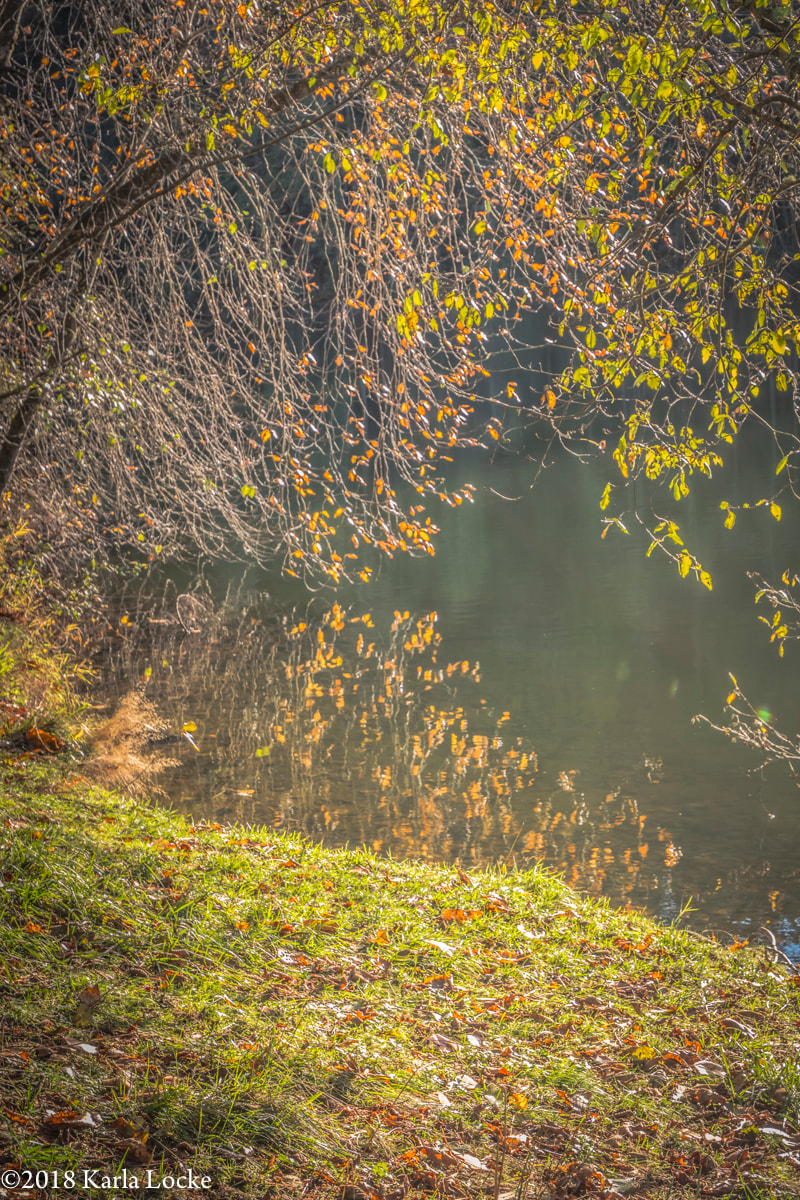
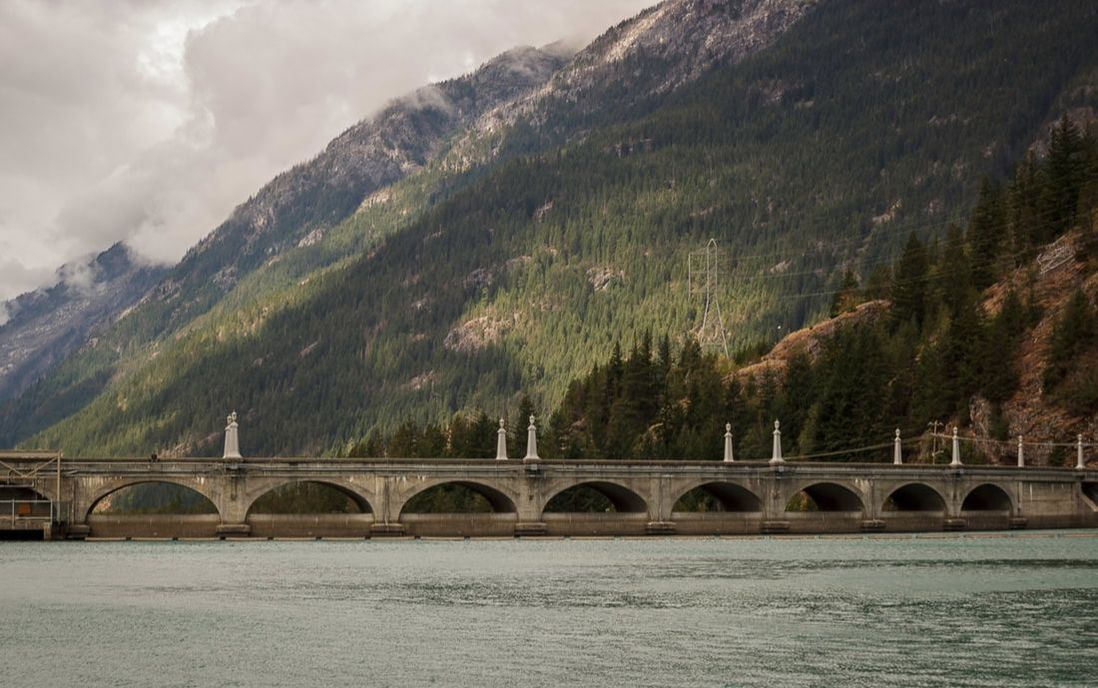
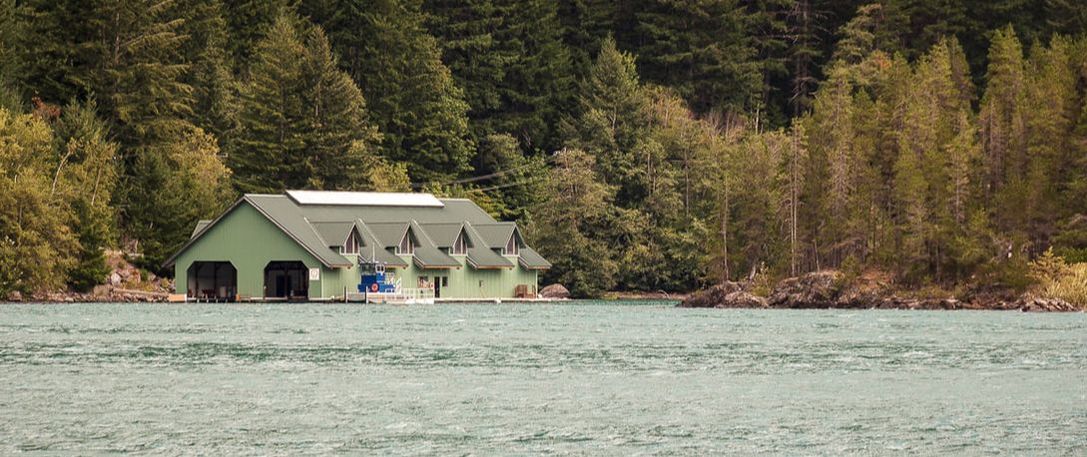
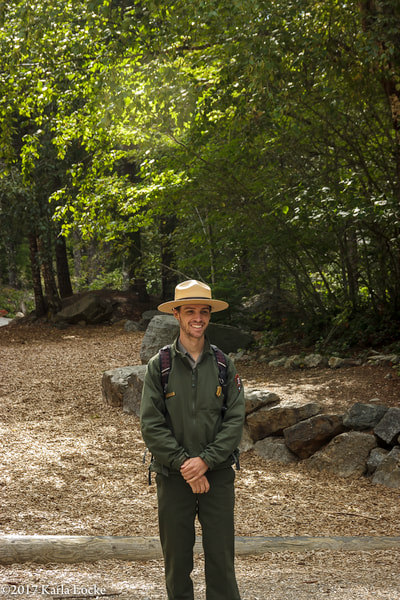

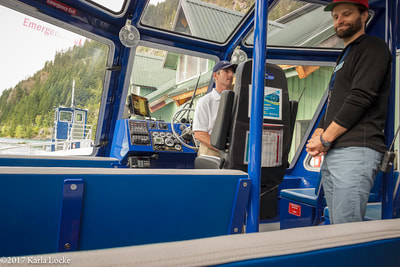






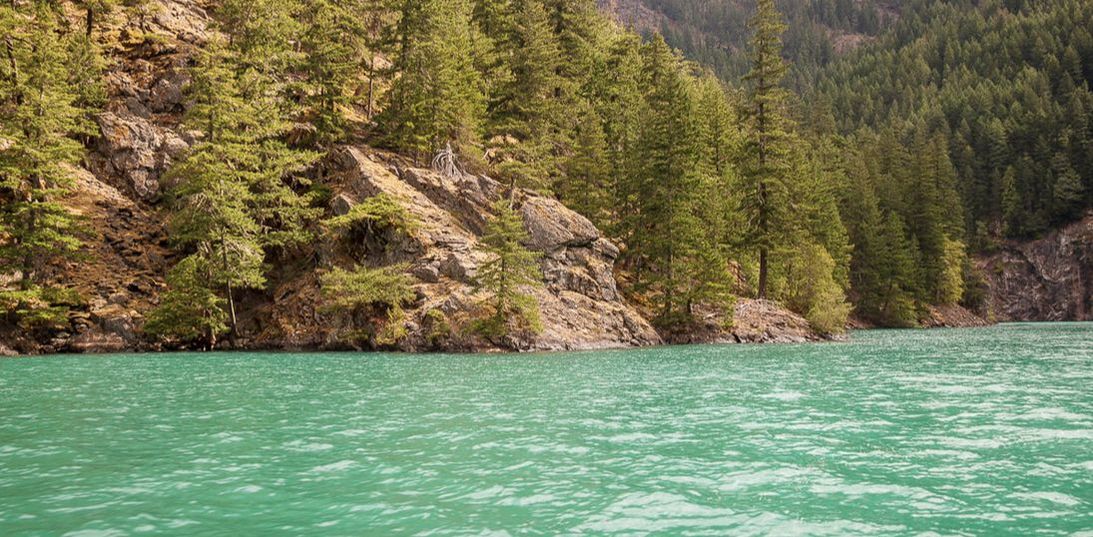



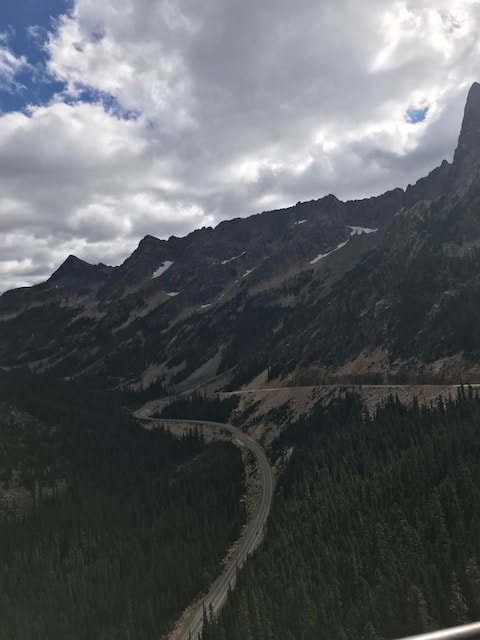
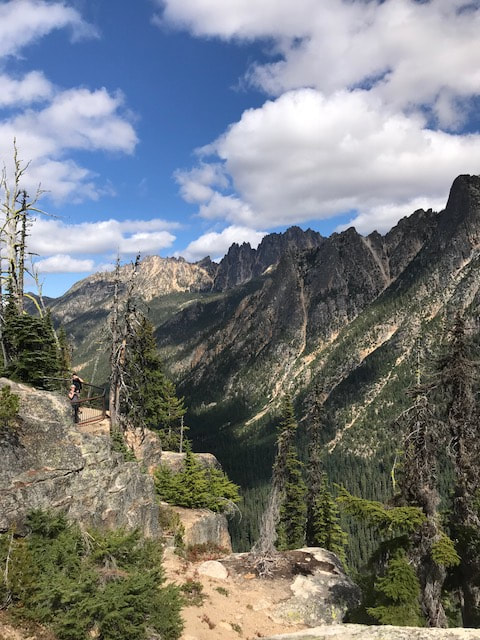

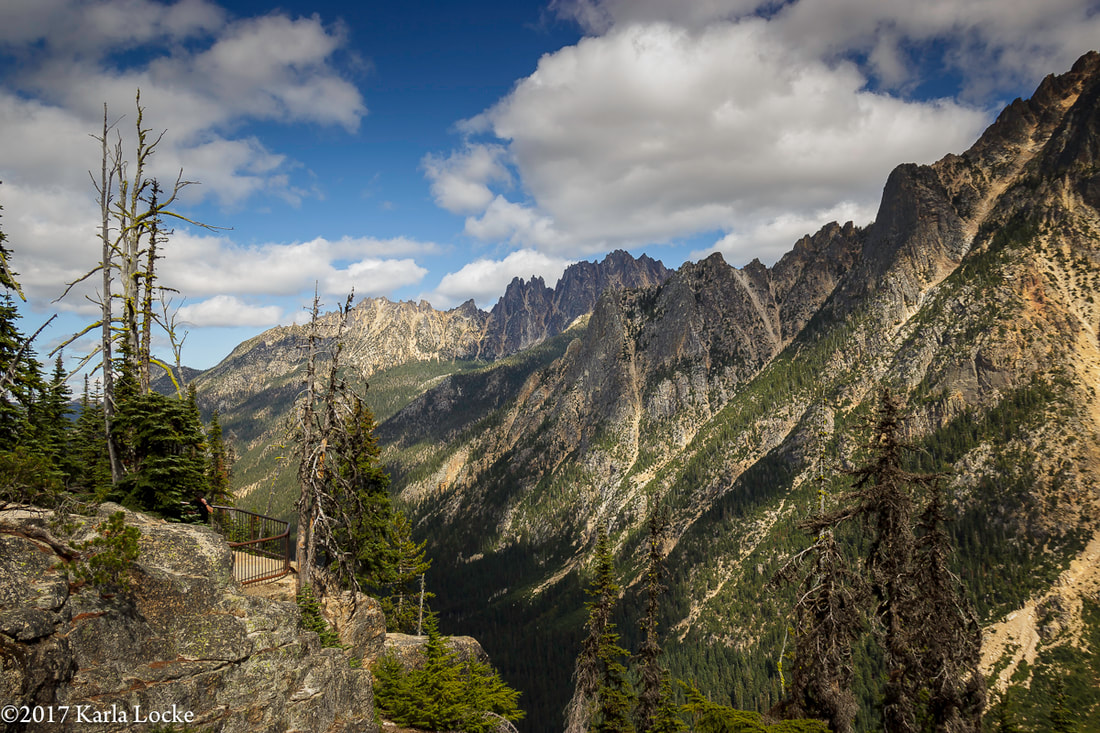


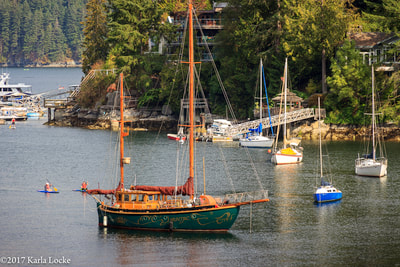
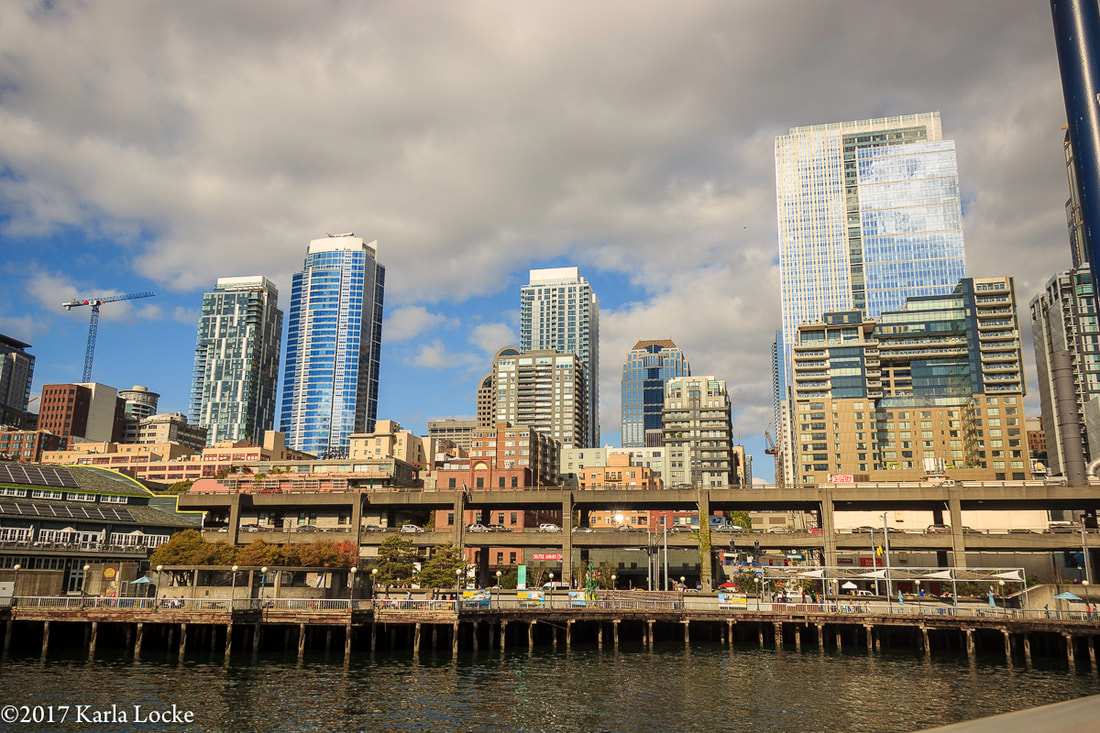





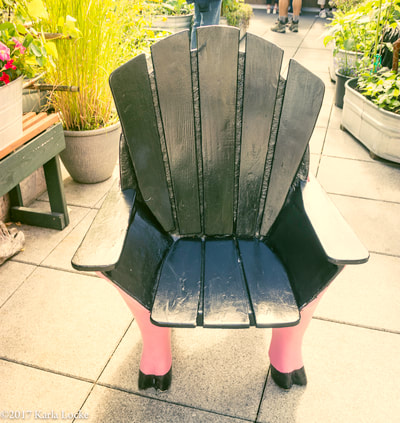


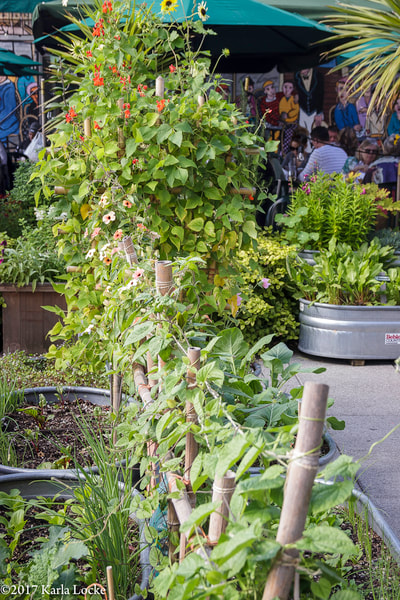

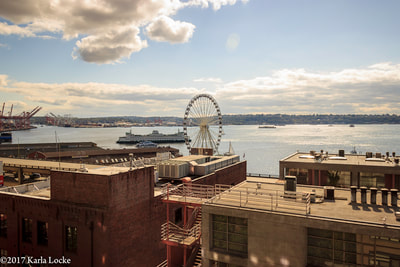
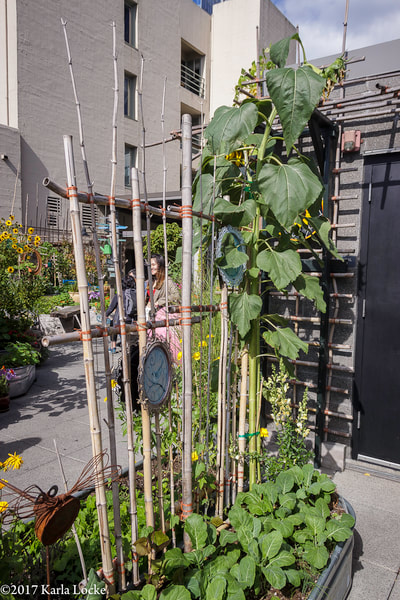


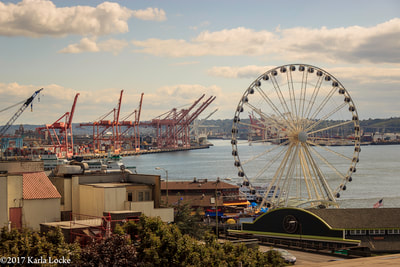
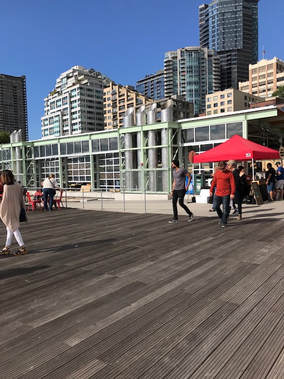

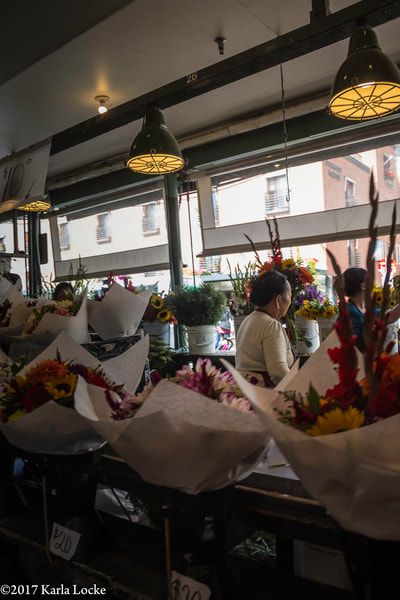
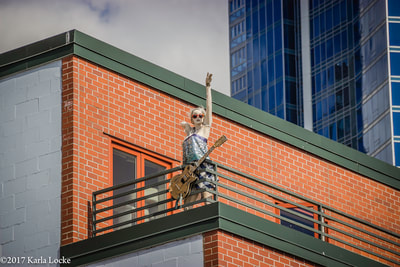
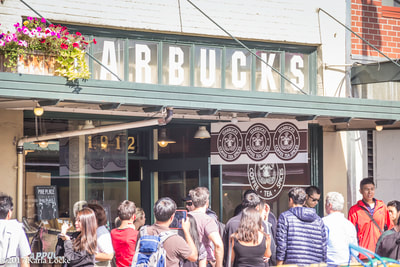
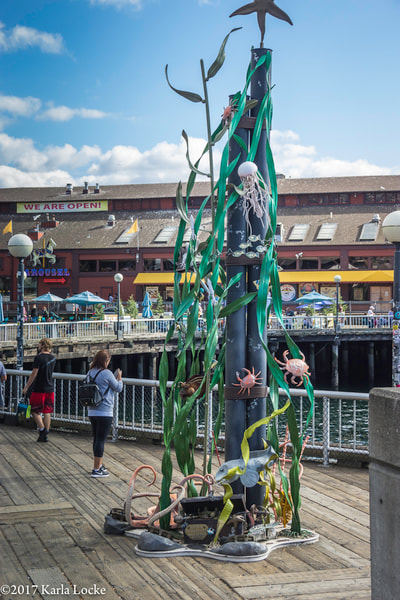
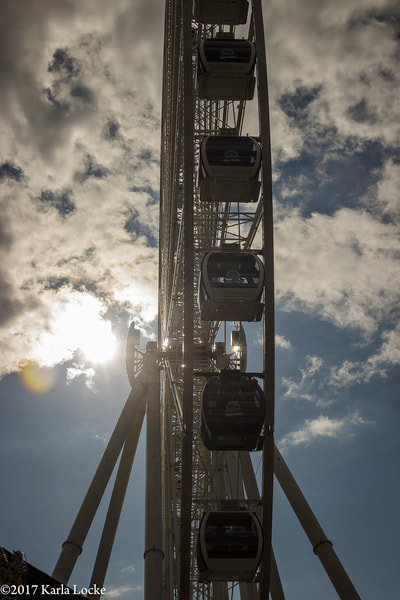


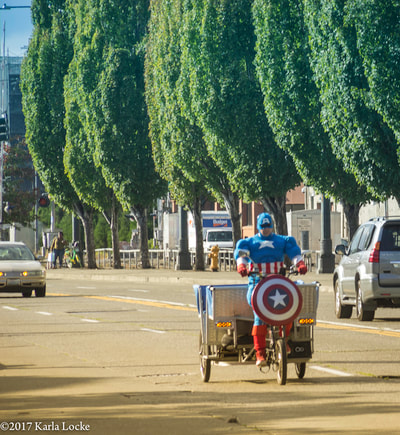
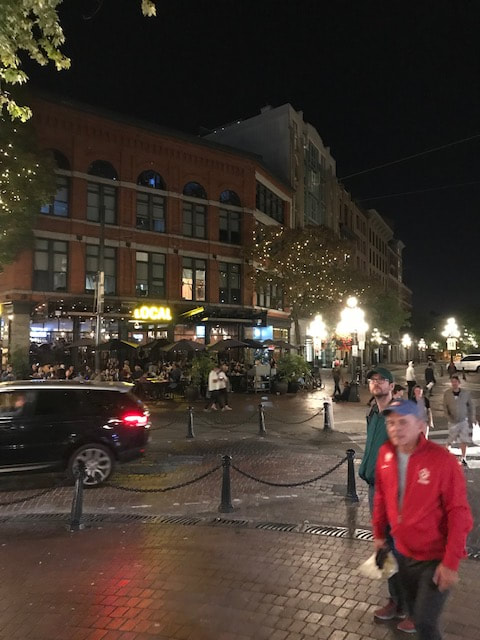
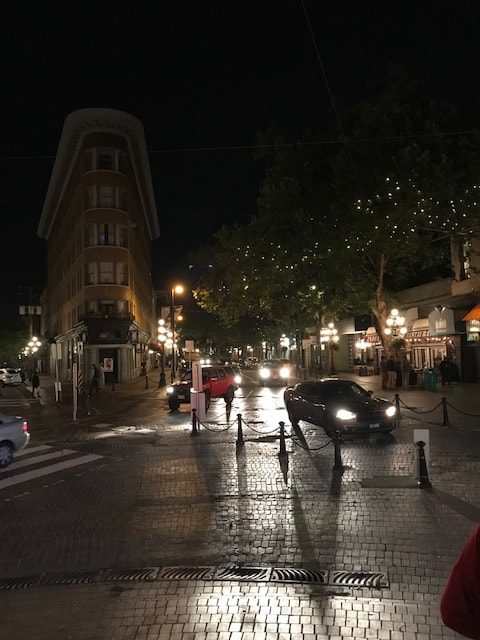
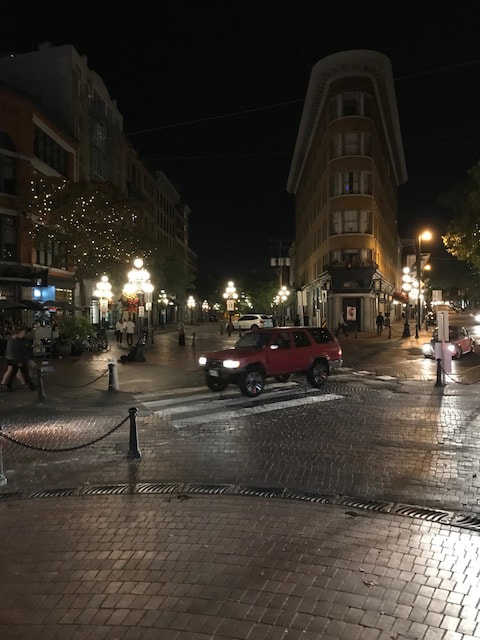
 RSS Feed
RSS Feed
